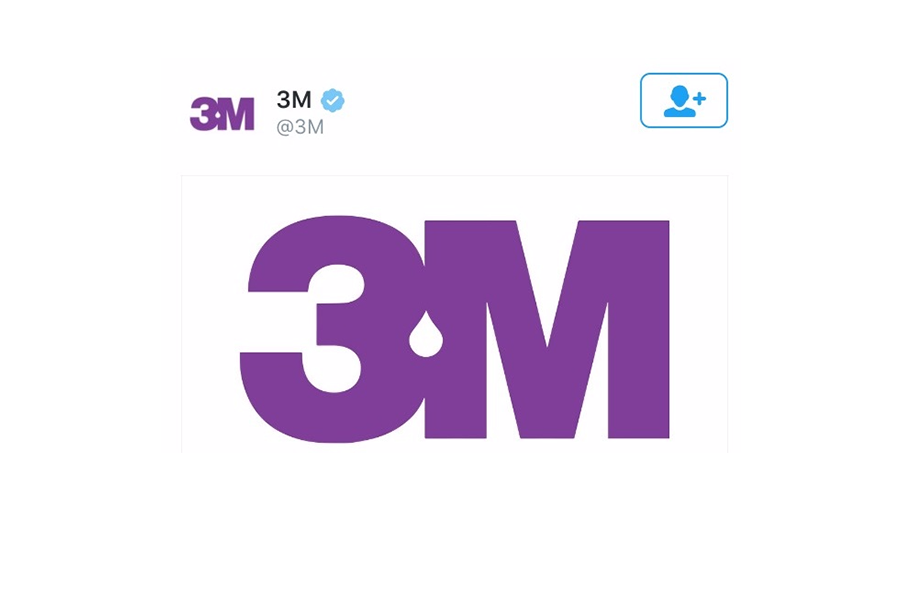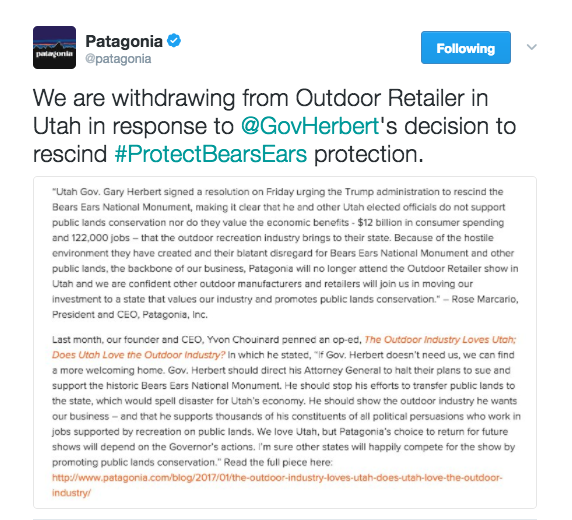The idea of a brand, which represents a corporation, individual or collection of people, is a human invention. We've invented these vessels of trust to be extensions of ourselves, working for us when we're not able to be present. The employees of P&G or 3M could never be present in every retail, industrial, commercial or household situation where their products intersect with people. Brands are, in one sense, leveraged assets of our humanity.
Some brands have forgotten, or perhaps never understood, their importance in our culture. This is starting to change.
There are many ways to interpret the twenty-seven percent, one is to consider what the number was before the study and attempt to determine trajectory. Perhaps when you saw people said they could live without seventy-three percent of the brands in their lives, your pessimistic view of the world saw this number on an upward trajectory. But, what if it's going the other way? What if this survey was done five years ago and the number was seventy-nine percent? This provides a more optimistic view of our direction and let's speculate on the reasons for this rise.
Brands are starting to see the importance of humanizing their brand and the rise in design thinking as an indicator. Brands are an important thread that tie our communities together through common beliefs, trust and aspiration for the best version of ourselves. People managing brands have seen the results of this line of thinking and translated it into strategies and tactics that are more human.
Example: when the rockstar Prince died, many brands expressed their sympathy in social media. Some felt promotional, while others dripped with empathy. The 3M team chose to modify their logo as a tribute to the Purple One and like many of the other brands who followed suit, received criticism for the homage.

People see 3M as a corporation and having no right or reason to express human emotion. Yet, 3M is comprised of 50,000+ employees with headquarters in Prince's hometown. How many individuals expressed sadness by also stating when they met Prince (bragging about their brush with fame) while they crafted their sympathy message? If 3M is exploiting Prince's death, what are these individuals doing by bolstering their social media message to get more likes, retweets and condolences themselves? The people behind the 3M brand made a decision to express human emotion from a corporation. And, they did it in an elegant, simple nod to the author of 'Purple Rain' and the tear of sadness.
If a major corporation changed its logo to express sadness upon this writer's death, it would be a proud moment.
The next example is a client of Capsule (for full disclosure) and a noteworthy example of humanizing a brand. Patagonia recently took themselves out of the largest trade show in the outdoor industry in protest against a state versus federal land ownership and the implications for protected territories ending up in a land grab. This move snowballed, and now the Outdoor Industry running the show is leaving the state of Utah. Patagonia is not a large brand by comparison to many, but they punch far above their weight class. When they do fight back, the bruises show up in the form of damaged political careers, back tracking politicians and a large economic impact to the state of Utah.

We've been to Patagonia many times and have the honor to work with an incredibly mission-driven team. We've seen what a humanized brand can do when it discovers a voice and the impact one voice can have when backed up by authentic behaviors.
Patagonia and 3M are at different stages of realizing their humanity and putting it out into the world. Yet, they are showing the same type of behavior and we commend those who humanize their brand. It helps that 27% grow, because it would be hard for someone to say they can live without 73% of the people in their lives. The more we humanize brands, the more they will be expected to live up to the idealized version of our humanity. The more brands who find their humanity, the more we have a reason to trust these brands and accept them as members of our community.
If you're interested in learning how to humanize your brand, visit us at FUSE or reach out.
Founder, Capsule Design
Author, The Physics of Brand
